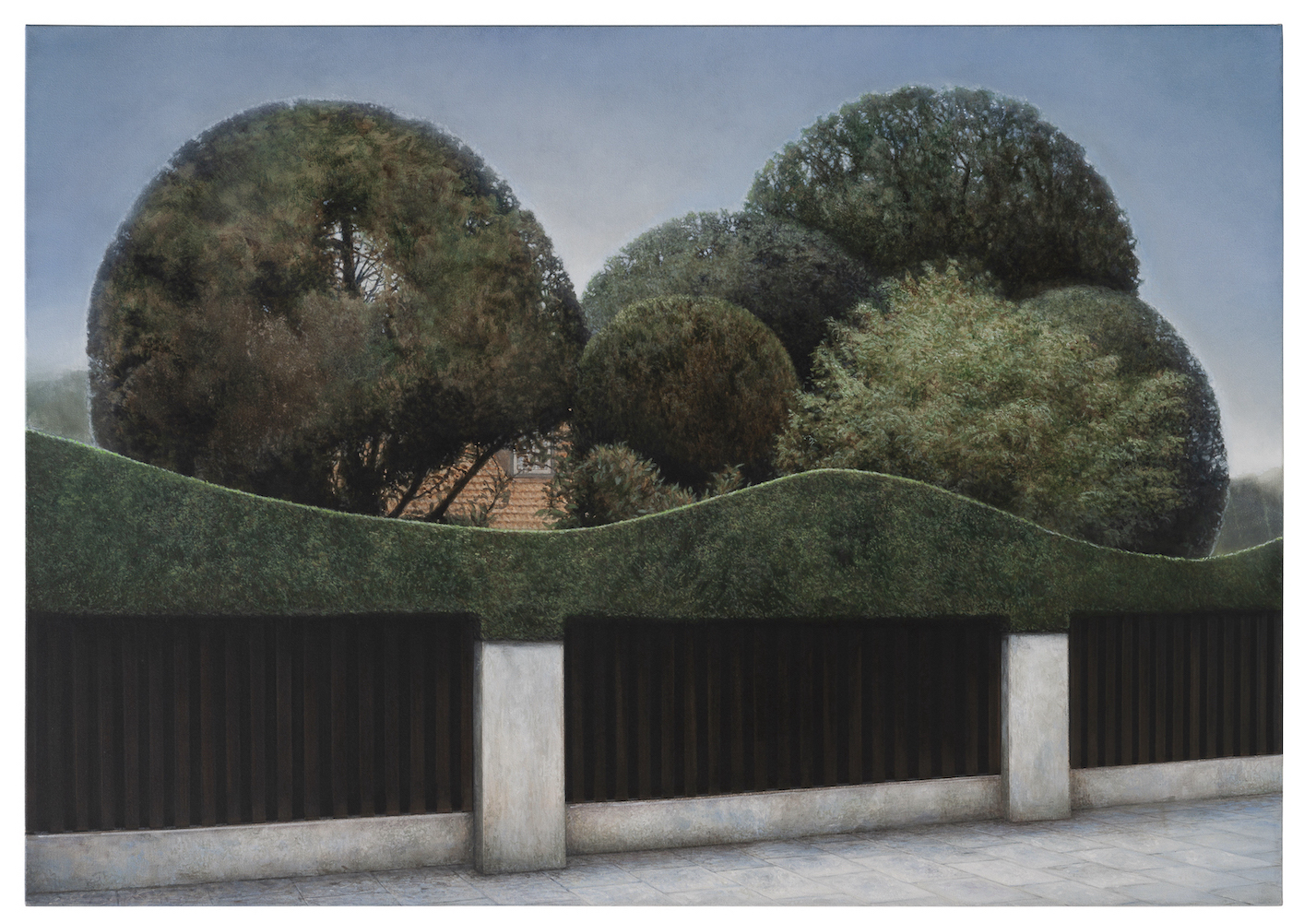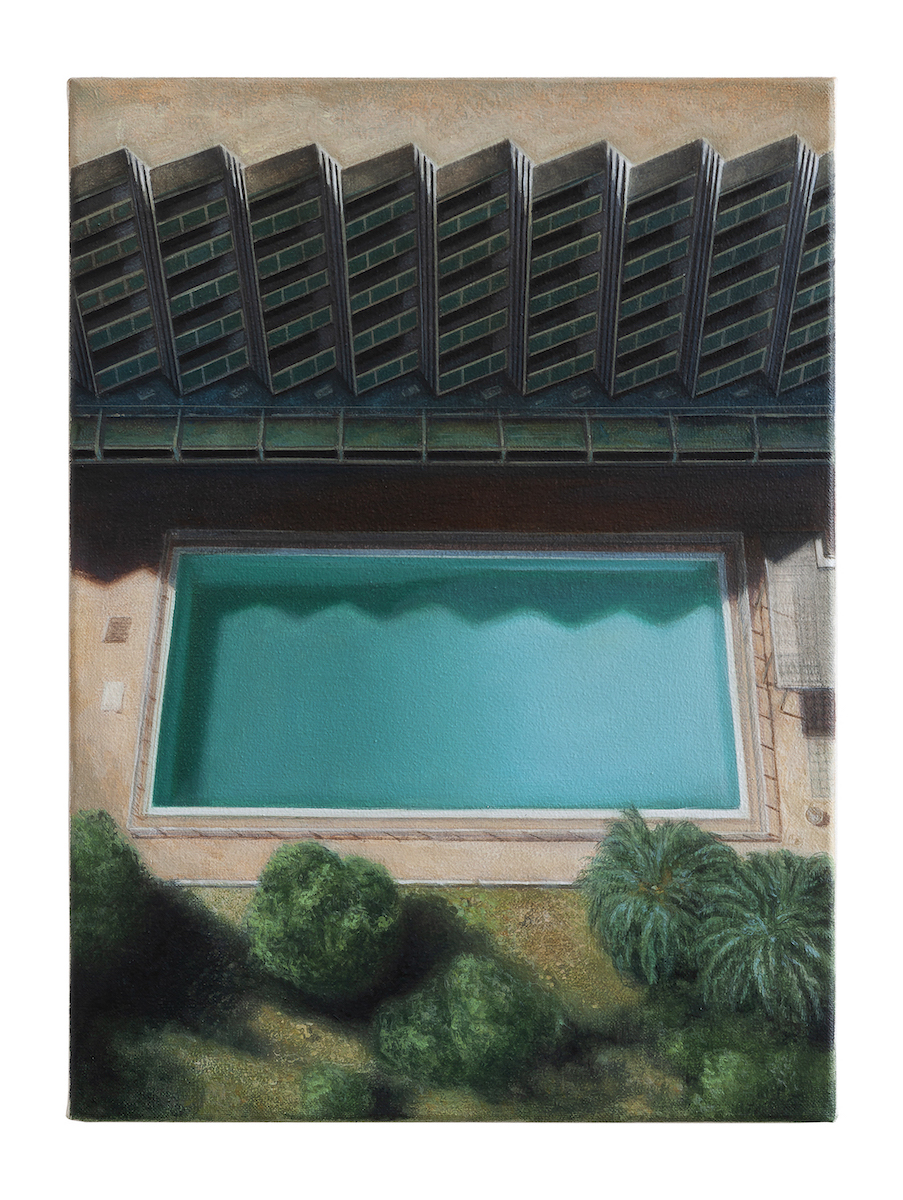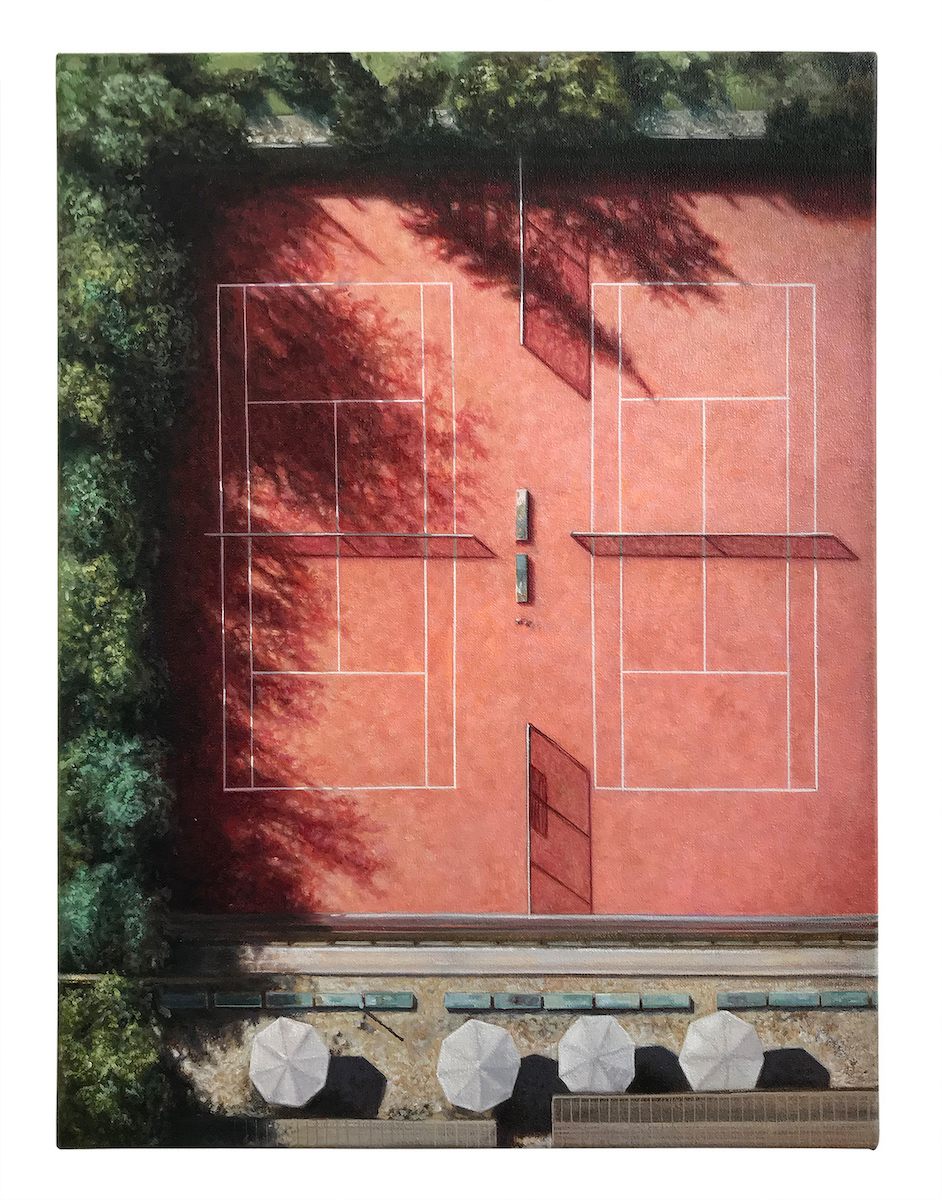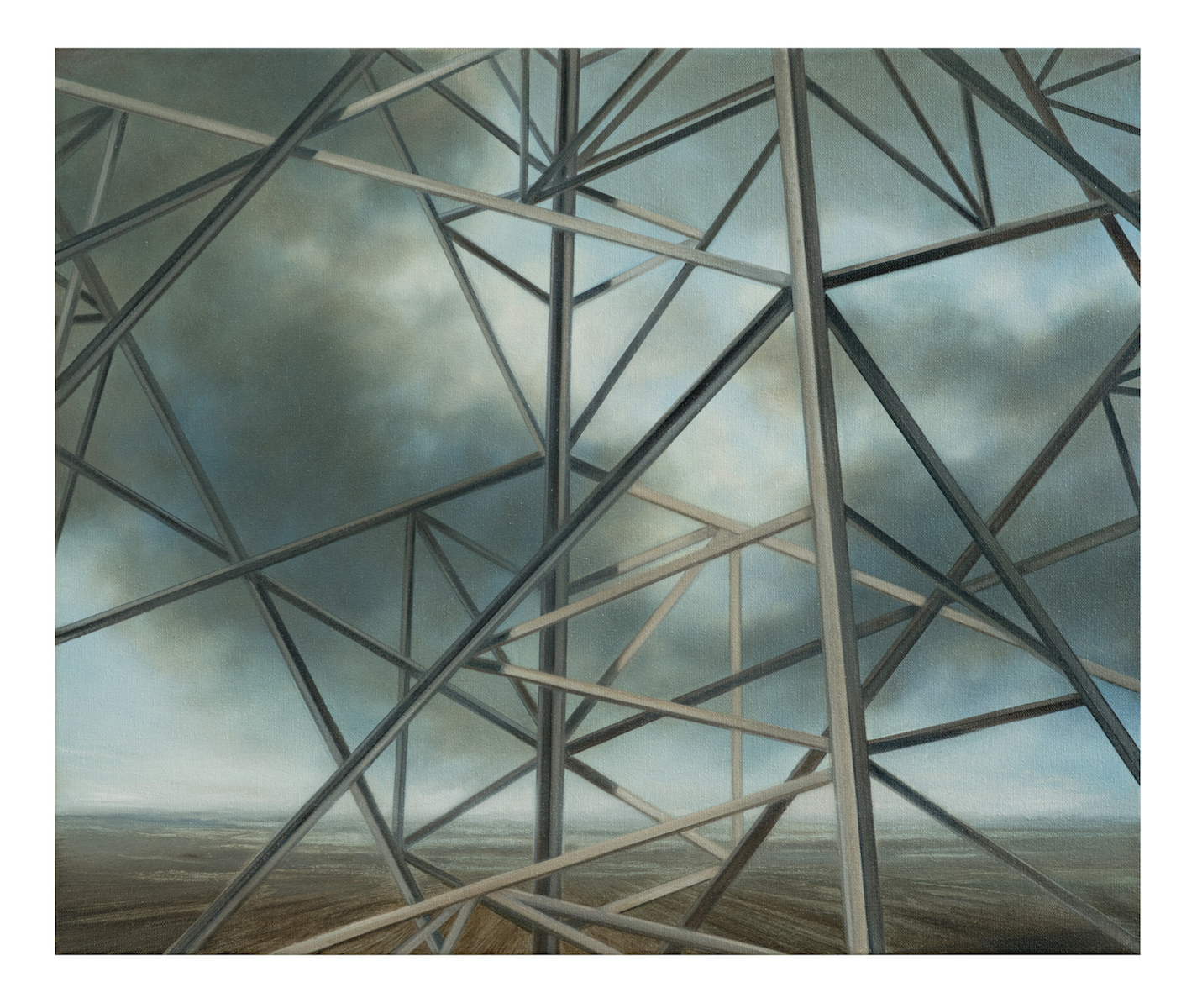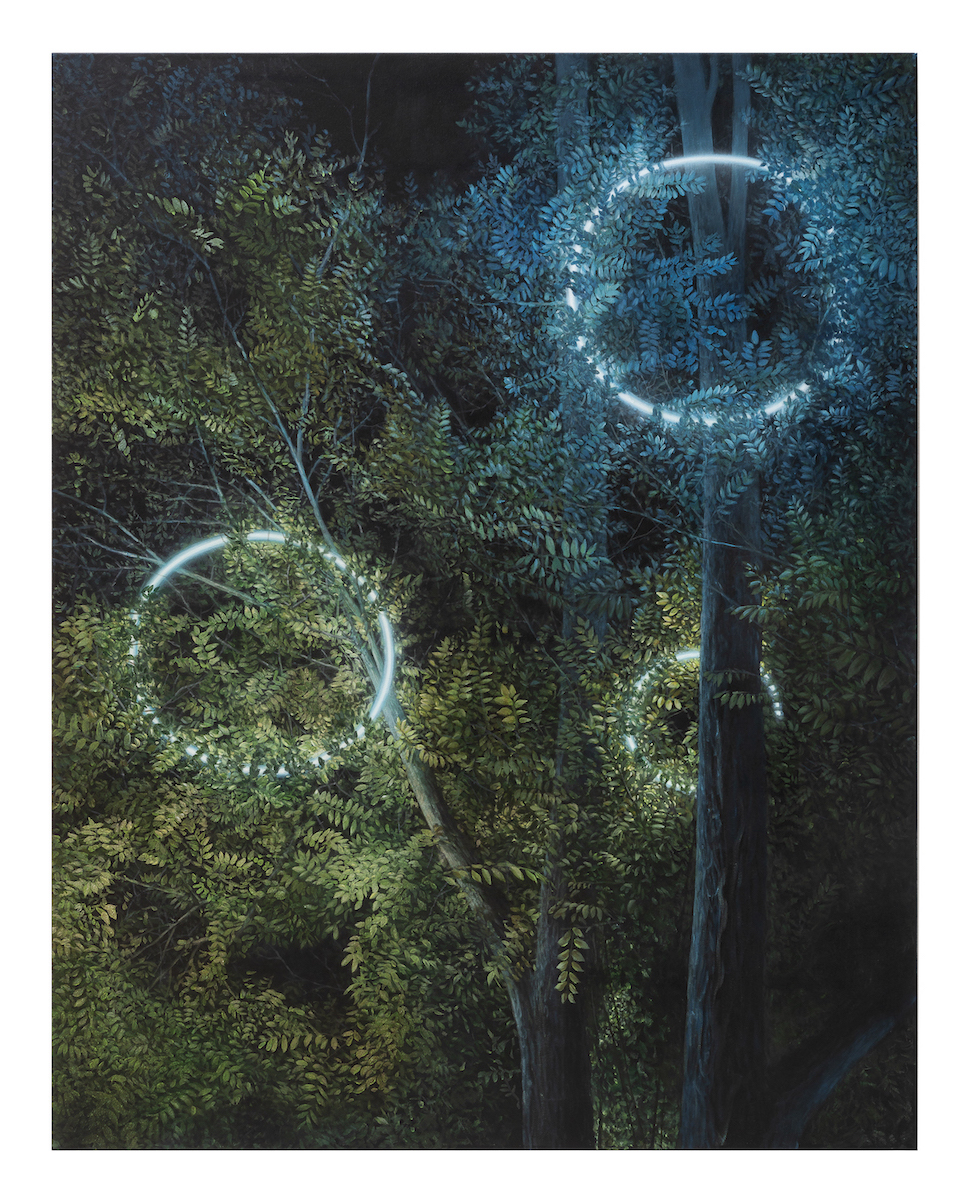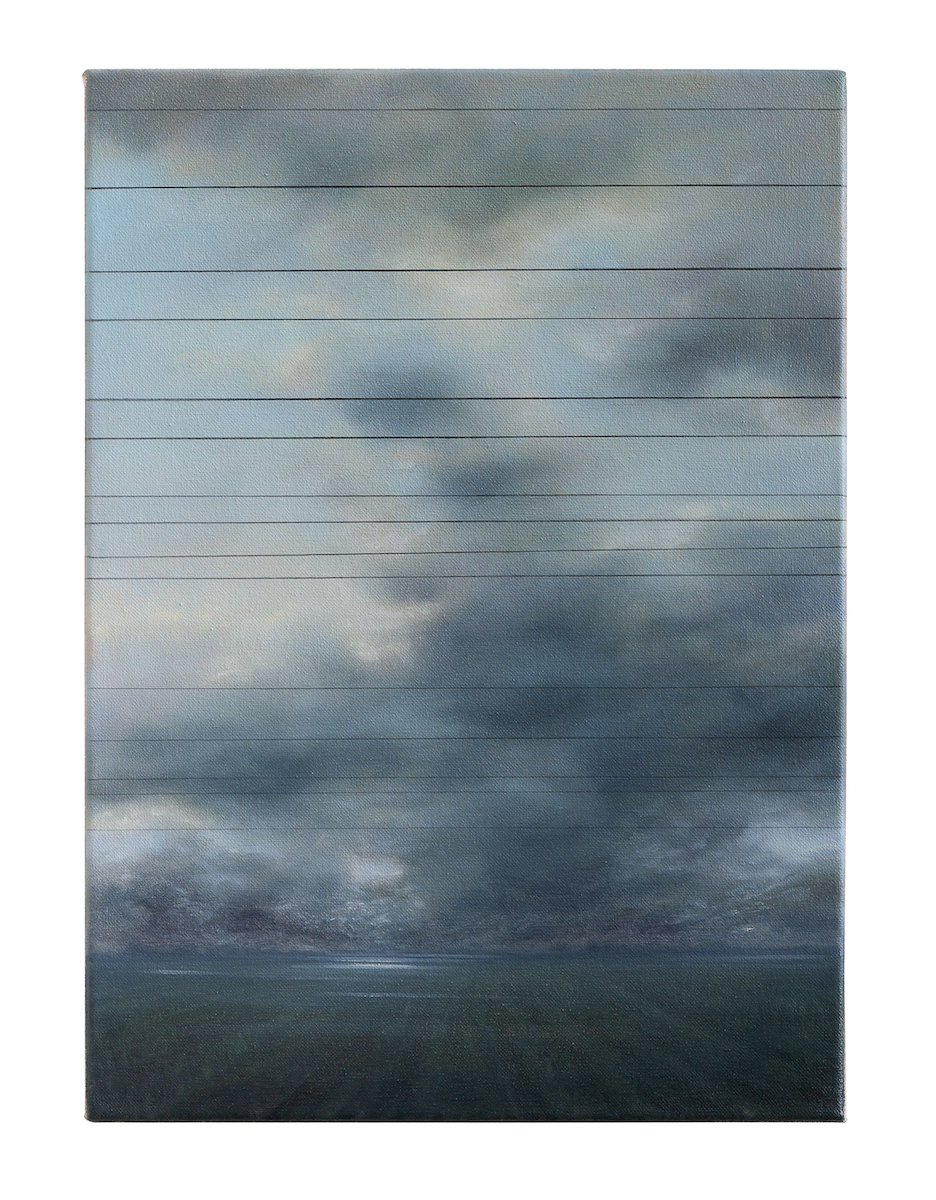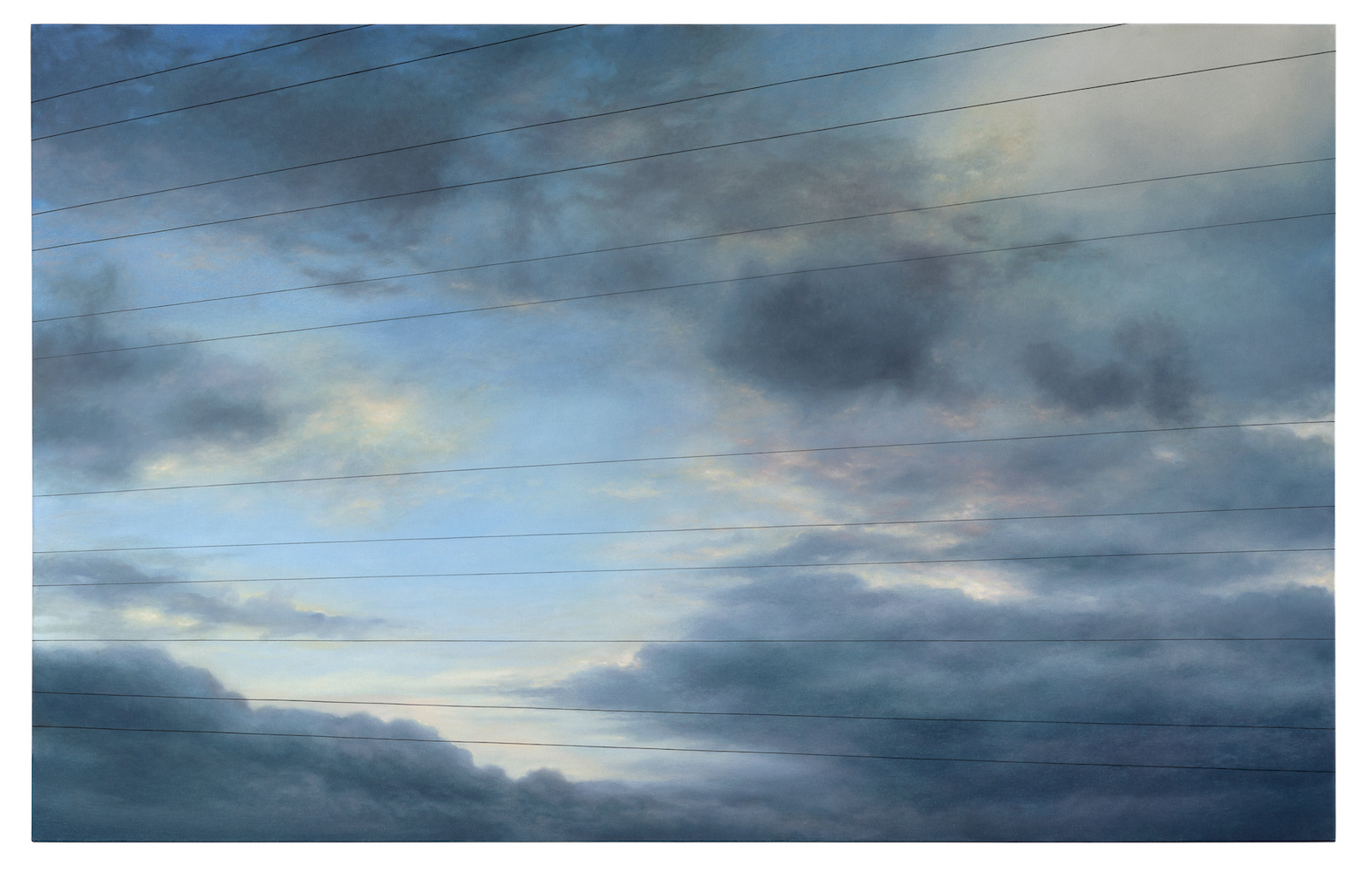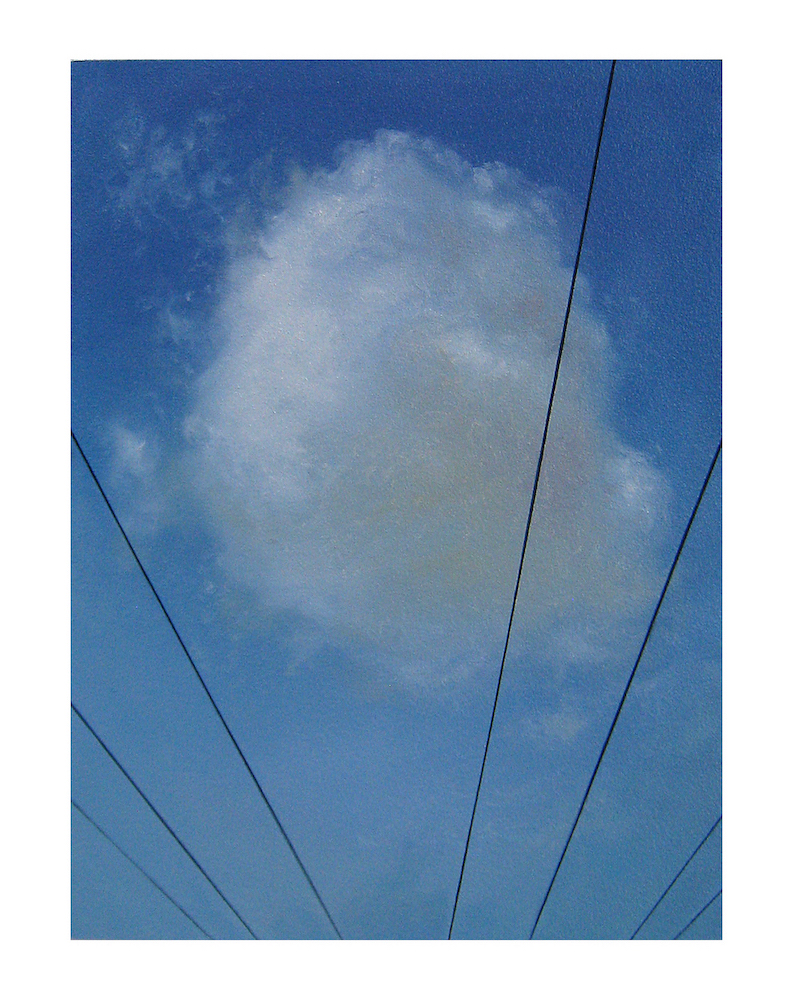Melanie Siegel
CV
| *1978 | Freiburg im Breisgau |
| 2008 – 2015 | Akademie der Bildenden Künste München, Meisterschülerin Prof. Karin Kneffel |
| Lives and works in München |
Grants / Scholarships
| 2020 – 2023 | Atelierförderung der Landeshauptstadt München |
| 2019 | Residenzstipendium, Stadtmaler Bremervörde |
| 2018 | Kunstpreis, Kulturstiftung der Sparkasse Karlsruhe |
| 2017 – 2020 | Atelierförderung der Landeshauptstadt München |
| 2017 | Katalogförderung, LfA Förderbank Bayern |
Solo exhibitions
| 2021 | Auf der Schwelle, Städtische Galerie Traunstein |
| Areale, Georg-Scholz-Haus, Kunstverein Waldkirch | |
| 2020 | Gebautes Land, Kronacher Kunstverein |
| Grenzland, Ingenieurekammer München, in Kooperation mit dem BBK | |
| 2019 | Jonah Gebka / Melanie Siegel, Susan Boutwell Gallery, München |
| Anderswo, Altes Rathaus Bremervörde | |
| Gibt es das auch in Gelb? Städtische Galerie Markt Bruckmühl | |
| Und die Welt war in Ordnung, Evelyn Drewes | Galerie, Hamburg | |
| Denkraum, Melanie Siegel / Ludwig Stalla. BMW Foundation München | |
| 2017 | Watchlist, Evelyn Drewes | Galerie, Hamburg |
| 2016 | Dominium terrae, Kunstverein Kirchzarten |
| 2012 | Lucid space, Galerie Christa Burger, München |
Group exhibitions
| 2021 | Armin-Sandig-Preis, Finalistenausstellung, Freiheitshalle Hof |
| 2020 | Schwarz und Rot und Gold, Kunstverein Ebersberg |
| Tacker, Galerie der Künstler, München | |
| paper matters, Susan Boutwell Gallery, München | |
| Natur – Mensch, Andreas Kunstpreis, Sankt Andreasberg | |
| 27, Aichacher Kunstpreis, Kunstverein Aichach | |
| 2019 | Wilhelm-Morgner-Preis, Museum Wilhelm Morgner, Soest |
| Zu Gast, Künstlerhaus Andreas-Stadel, Regensburg | |
| Upcoming artists – volume 1, Bachmair Weissach, Rottach-Egern | |
| Kunst aktuell, Kunstverein Rosenheim | |
| 2018 | Urbex – Erforschung von Stadt und Raum, Kunstverein Passau |
| Nachts allein im Atelier, Evelyn Drewes | Galerie, Hamburg | |
| Die Welt … aus den Fugen geraten? Kulturstiftung Sparkasse Karlsruhe | |
| artig Kunstpreis, Galerie Kunstreich Kempten | |
| 2017 | The proof is in the pudding, Galerie Noah, Augsburg |
| Kunst aktuell, Kunstverein Rosenheim | |
| Jahresausstellung, Kunst und Kultur zu Hohenaschau, Aschau im Chiemgau | |
| 2016 | Das kleine Format, Kunstverein Aichach |
| Meistern, Evelyn Drewes | Galerie, Hamburg | |
| Neue Aspekte der Landschaftsmalerei, Kulturstiftung Sparkasse Esslingen-Nürtingen | |
| 2015 | salondergegenwart, Hamburg |
| Nachher weiß man weniger, Kunstverein Landshut | |
| **** superior, Kulturwerkstatt HAUS 10, Fürstenfeldbruck | |
| Differenzen, Pasinger Fabrik, München | |
| Beyond the pale, Galerie Dina Renninger, München | |
| 2014 | Kunst & Gespräche, Schönewald Fine Arts, Düsseldorf |
| Beyond the pale, Galerie 52, Essen | |
| Vier gewinnt, Kunstverein Ottobrunn | |
| 2013 | Karl & Faber Kunstpreis, Auktionshaus Karl & Faber, München |
| 20, Aichacher Kunstpreis, Kunstverein Aichach | |
| Landshuter Kunstnacht, Galerie in Bewegung, Marstall Landshut | |
| Natur – Mensch, Andreas Kunstpreis, Sankt Andreasberg | |
| 2011 | Aichacher Kunstpreis, Kunstverein Aichach |
| 2010 | Coming soon, Städtische Galerie im Cordonhaus Cham |
| 2009 | Je ne regrette rien… Galerie Oliver Schweden, München |
Texts
Anderswo. Ein phänomenologischer Streifzug.
A house gable peeks out over a hedge, seeming to cautiously peek outside. An ivy-covered extension winks into the world through two windows that have just been trimmed free of leafy greenery. Then suddenly the view is obscured - a red brick wall reveals only a hint of window, the opening bricked up. North German clinker is also found on the floor, a striking pattern given an additional ornament by the shadow of a tree... Melanie Siegel's new paintings invite the viewer on a walk that stages the poetry of the small town. Seemingly banal things become the main protagonist here, everyday things become worthy of a picture and thus special. The pictures show motifs that are familiar to all of us, that we think we have seen countless times and yet rarely actually see. Supposed recognition of what is depicted ends in disorientation - the pictures show the "everywhere and nowhere", the "elsewhere".
Elsewhere has a long pictorial tradition. As early as the 17th century, the pictorial genre of the so-called veduta appeared in Italy, and in the 18th century it experienced its heyday. It is chic to travel and of course one wants to convey to those at home a picture of the places one encounters in the distance. Thus, the characteristics of the place are captured pictorially. The veduta, what is seen or what is seen,[1] conveys an image of a section of reality without being objective. The Colosseum in Rome, St. Mark's Square in Venice, ruins and churches are central moments of this genre, whose most famous representatives are artists such as Piranesi or Canaletto. Nevertheless, the vedutists take the liberty of reshaping reality in order to approach the essence of the city. The same can be seen in the works of Melanie Siegel, which function similarly and yet quite differently.
For the motifs of her pictures also have their origin in reality, but are then sharpened to their essentials. With the camera or the sketchbook as a tool to capture the impressions, the artist sets out, strolls through the city. And makes character studies of the place where she is at the moment. In the works in this catalog, it is the essence of Bremervörde that she captures with the undisguised curiosity of the guest in an initially foreign city. The photographs and drawings function as a support for thought or as a way to focus on a section. The scenario seen is interwoven with inner images in the studio and atmospherically condensed through creative transformations. In this respect, as so often, the first impression is deceptive. The pictures are not photorealistic, nor do they want to be. Instead, they stage impressions, sometimes reminiscent of cinematic scenarios, and yet are distinguished precisely by the fact that they dispense with anything anecdotal. No one moves through the picture situations, not a breath of air stirs. The uniform illumination, the light that comes from everywhere and yet nowhere, lends the images something artificial and additional timelessness. This is reinforced by the strict arrangement and centered composition. Instead of being documentation, they seem frozen, as if fallen out of time. Precisely because of this, they gain the universality that ties into our collective pictorial memory, making them familiar and accessible to each of us. We begin to fill the works with our own ideas, the mental cinema sets in and each viewer begins to fill the motifs with subjective associations, experiences and adventures. In this way we come close to reality in a different, more immediate way. The world becomes real here insofar as we experience it twice: On the one hand, we face it in the picture, have the time to take in it in this frozen moment and this detail, to take a step back and contemplate the moment beyond transience with all the time we need to absorb all the impressions. Without an interplay of light, atmospheric changes or movement. On the other hand, our associations and memories and the constant feeling of recognition give the images a second level of experience. We see and experience the artist's groping gaze materially reflected in the individual brushstrokes. Each application of the brush is another conscious perception, which in particular frees itself from preconceptions.
What do we really see and what do we think we see because we supposedly already know? Melanie Siegel's pictures can certainly be seen as painted phenomenology. For the artist renounces all speculation, any preconceived judgment and shows what she sees, as she experiences it. In this way, she also leads us as viewers back to the actual phenomenon and offers us the opportunity to see seemingly familiar things with entirely new eyes. "To the things themselves" demanded the father of the phenomenological current of philosophy Edmund Husserl. And with this approach he restores "our personal world in all its richness, as it presents itself to us from our own perspective, even though as a rule we pay no more attention to it than to the air we breathe."[2] Especially when one has lived in a place for a long time, one thinks one knows everything and forgets about it to look closely. And it is not only with our familiar surroundings that we feel this way; the principle can be applied to everything. The human being tends to see in a knowing way. Melanie Siegel's paintings break this pattern by playing with our habits. She offers us the possibility to take unfamiliar perspectives and to see seemingly familiar things in a new way through her eyes.
This potential of painting to offer alternative perspectives on the world runs through the artist's work. Nevertheless, the cycle of works created in Bremervörde occupies a special position in the overall oeuvre. Where urbanity and nature otherwise collide in the border spaces of modern landscape painting, and the latter seems to reclaim urban space, quiet agreement prevails in this new series. The interplay of the natural and the artificial, of the primordial and the man-made has developed into a coexistence here. In the small town, it seems, different rules apply than in the big-city metropolises. Small moments, however, are also to be found in the artist's typical subjects, such as overgrown gates, hedges whose roots break up the pavement, the view through a lattice-like power pole to the trees behind it, or a bird's-eye view of tennis courts, at the edges of which the greenery bends curiously over the red sand. If we view the paintings as a grand narrative spanning several creative years, it becomes clear that even the works in which the artist dispenses with obvious human traces are ultimately urban landscapes. The forest is always a forest, neatly planted in rows, and the fields are also shaped by man. Thus we inevitably assume that man cannot be far, and yet we must conclude that he is not physically present in the artist's cosmos.
Precisely because of his absence, he appears all the more present as a modeler of the landscape. Also in the series of works "Elsewhere". Here he has another role to play: it is the human stories that take place in the houses behind the hedges, and it is human perception that is appealed to in the pictures. Thus, the serial arrangement of the individual motifs also aims at subjective reception and triggers a process of reflection. A gable of a house is relative, a series of slightly different gables makes the subject all the more insistent and brings the differences and peculiarities into focus, represents a study of approximation. The repetition of the motif of clinker-designed floors in the outdoor space also provides variants of a theme that are characterized by minimal deviations. Thus, the themes, which seem banal at first glance, are encompassed by a conceptual framework in which they become charged with a content that transcends their own meaning. For the viewer, this gives the individual motif a relevance that is completely unnoticed in everyday life. Moreover, it suggests that the stories the artist was told by the town's inhabitants during her six-week residency in Bremervörde resonate here. These stories further condense the motifs, in turn influencing Melanie Siegel's view and the way she experiences the city. In her pictures she gives them back to our imagination - without naming them concretely. It is now up to us to take up this indeterminacy and make it our own, to fill it with individual experiences. During the next walk, each of us will probably see our surroundings with completely different eyes. And will always have the feeling of knowing scenarios - from the paintings of Melanie Siegel, who will then already be back in Munich, capturing the essence of the city with her brush.
[1] Vgl. Wiench, Peter (Hg.): Lexikon der Kunst. Malerei, Architektur, Bildhauerkunst. Eggolsheim 2006.
[2] Sarah Bakewell: Das Café der Existentialisten. Freiheit, Sein und Aprikosencocktails. 2. Aufl. 2016, München 2016, S.60.
Anne Simone Krüger

